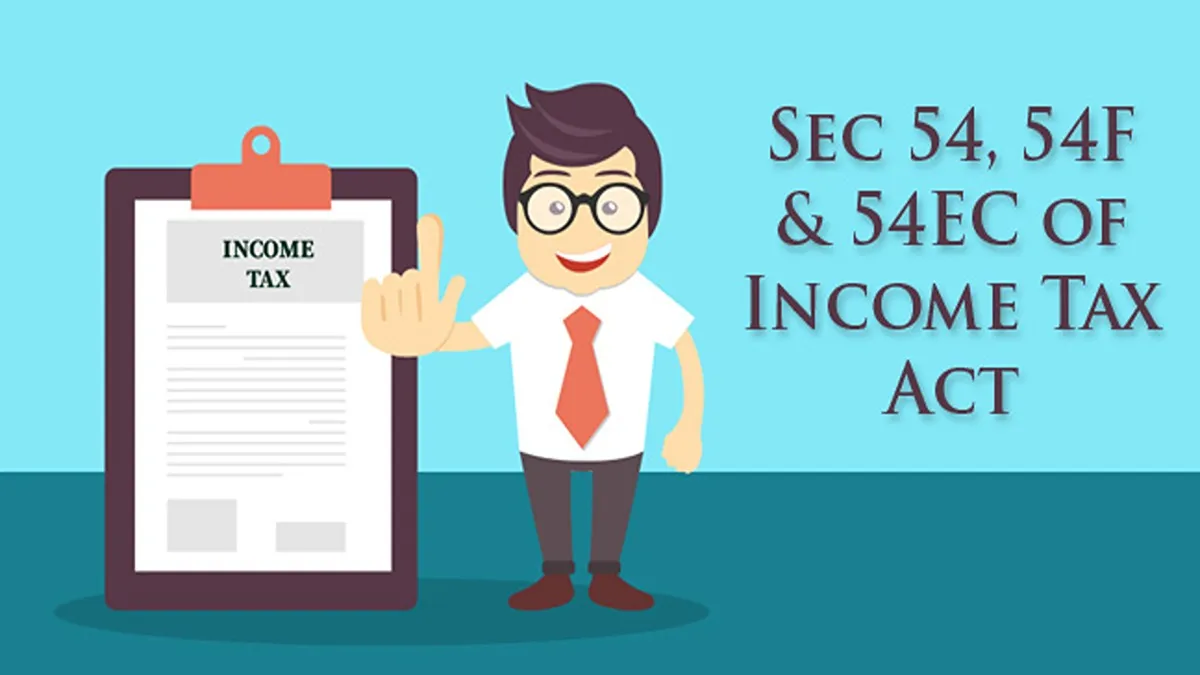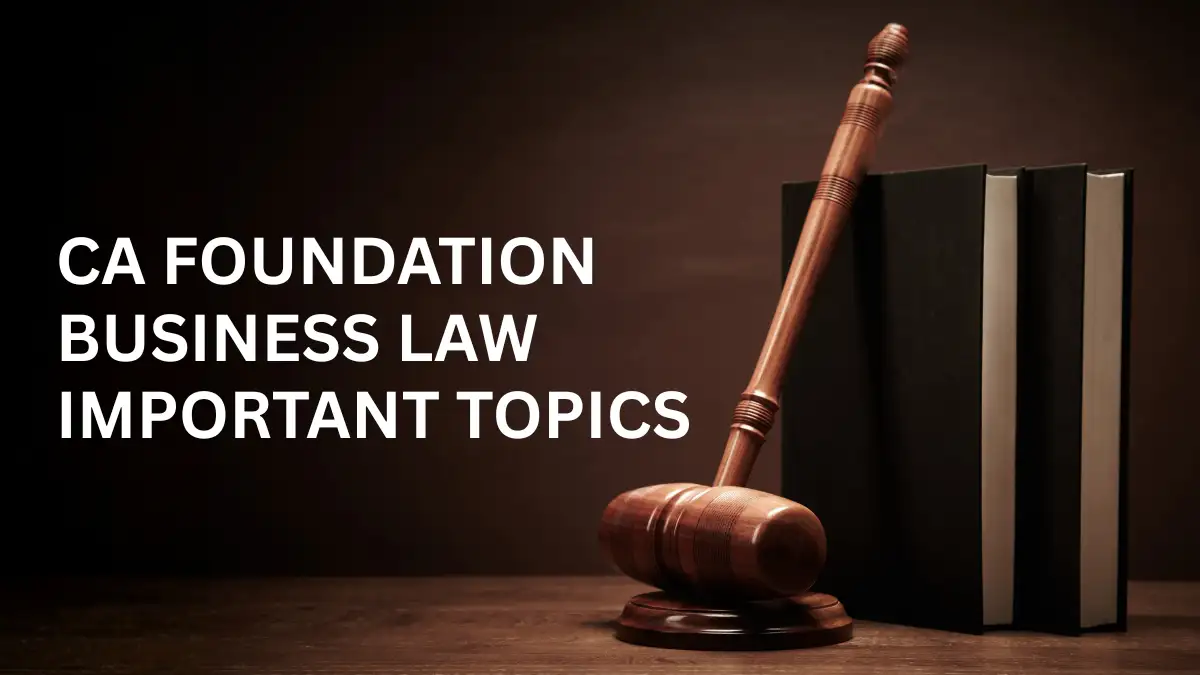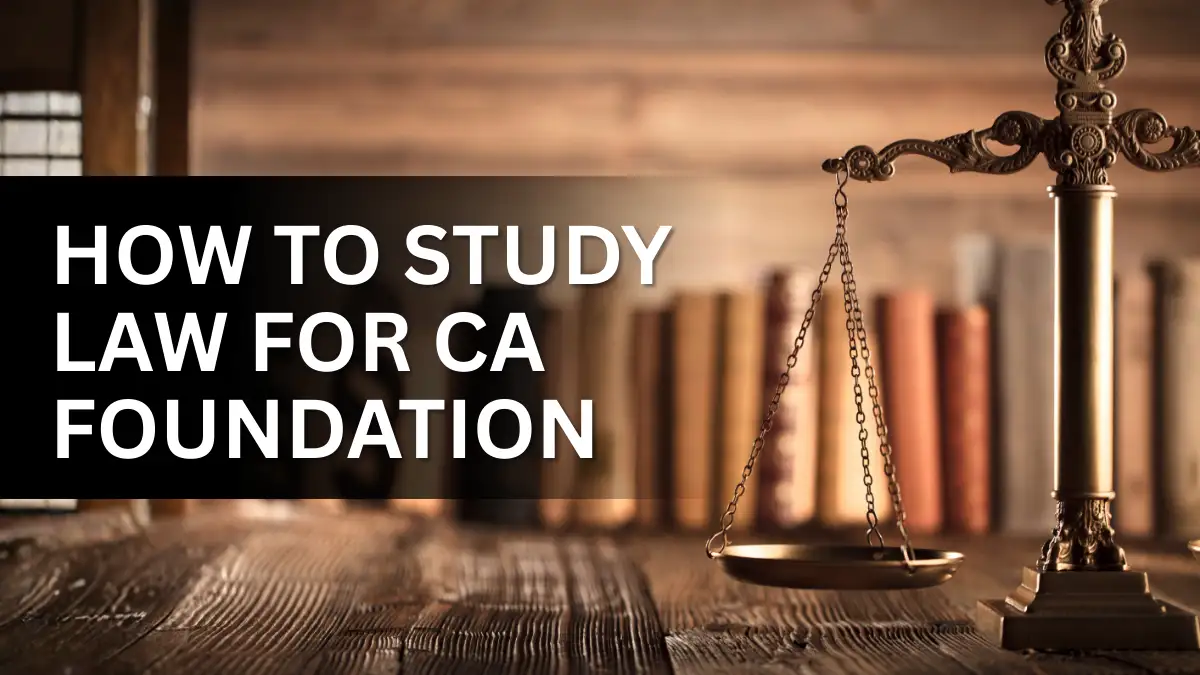Exemptions under Sec 54, 54EC and 54F of Income tax act are a big relief for the assessee from the Capital Gain Taxation. If assessee does not avail the benefit of these sections, he would be liable to pay tax at the rate of 20% on the Long Term Capital Gain(LTCG)
Here in the given article, we will share you the provisions of the above section and also show how to avail the benefit of such –
Sec 54 Income Tax Act: Exemption from CG through the sale of Residential House Property
The assessee has to pay Capital Gain on the sale of Residential House Property on the profit avail on such sale. But Sec 54 of income tax act provides relief to the assessee who invests such Capital Gain in the new Residential House Property.
Eligible Assessee – Individual and HUF are entitled to claim exemption under Sec 54.
Asset Transferred – The asset transferred must be a Residential House Property.
Capital Gain – There must be a Long Term Capital Gain on sale of such Property.
New Asset – Asset acquired from the transfer of old Residential House Property must be a new Residential House Property and that should be purchased in India only.
Time Limit – New House Property must be purchased –
- Within One year from the Date of Transfer or
- Within 2 years after the Date of Transfer or
- Constructed within 3 years after the Date of Transfer.
Criteria for Exemption – If the amount of Capital Gain is invested in new Residential House Property then such amount shall not be charged under sec 45 up to –
- Where the amount of Capital Gain is higher than the cost of new Residential House Property either purchased or constructed the difference between the CG and cost of new House Property shall be charged to tax.
- Where the amount of CG is equal to or less than the cost of new Residential House Property the whole amount of Capital Gain would not be chargeable under Sec 45.
Lock in Period – The new House Property must be held for a period of 3 years from the date of its acquisition. If such property is sold within a period of 3 years, the COA of the new House Property shall be reduced by the Capital Gain exempt u/s 54 earlier. The benefit shall be withdrawn.
Provided that, any amount which has not been utilised by the assessee within one year before the date on which the original transfer took place or which is not utilised by him for the purchase or construction of the new asset before the date of furnishing the return of income u/s 139 shall be deposited in the Capital Gain account scheme.
Thereafter, the Deposited amount in the Capital Gain Scheme shall be utilized for the purpose new house property.
In case, deposited amount is mis utilized or underutilized then capital gain exemption shall be withdrawn.
SEC 54EC of Income Tax Act: Exemption from CG from Any Long Term Capital Asset
Under Sec 54EC of income tax act, the exemption is provided in respect of Capital Gain arises from the transfer of Long-Term Capital Asset and invested either whole or part of the Capital Gain in the Long – Term specified asset.
Eligible Assessee – All the assessee can take the benefit of Sec 54EC of income tax act whether Individual, Company, HUF etc.
Transferred Asset – The Asset transferred can be any Long Term Capital Asset.
Capital Gain – Capital Gain arises on the transfer of such capital asset must be a long-term capital gain.
New Asset to be Acquired – The new asset which must be acquired on the transfer of such Long Term Capital Asset shall be NHAI/ RECL Bonds.
(NHAI – National Highway Authority of India, RECL – Rural Electrification Corporation Limited).
Time Limit – The new asset must be acquired within 6 months from the date of transfer of original asset.
Exemption Criteria – The amount of Capital Gain shall be exempted if invested in the above “Long-Term Specified Asset” up to –
- If the cost of the new asset is lesser than Capital Gain arises from the transfer of Long-Term Capital Asset, then the difference shall be chargeable under Sec 45.
- If the cost of the new asset is greater than the Capital Gain, the whole of such amount shall be exempted from getting charged u/s 45.
Note – Maximum limit up to which an assessee can claim the exemption under Sec 54EC is Rs 50 Lakh.
Lock in Period – The “Long Term Specified Asset” acquired against the transfer shall not be transferred or converted into money within 3 years from the date of its acquisition otherwise Capital Gain exempted earlier shall be taxable in the year in which bonds are transferred or converted into money.
Note – If assessee made the payment for the acquisition of such bonds within 6 months from the date of transfer of original asset but bonds get issued after 6 months, then he will be eligible to claim the exemption u/s 54EC.
SEC 54F Exemption from CG for Any Long Term Capital Asset (Except Residential House Property)
The Exemption u/s 54F of income tax act shall be granted where any Long Term Capital Asset has been transferred other than Residential House Property and such net consideration has been invested in One Residential House in India.
Eligible Assessee – Individual and HUF shall be eligible to take the exemption under Sec 54F of income tax act.
Transferred Asset – The asset transferred can be any Long Term Capital Asset other than Residential House Property.
Capital Gain – The Capital Gain must be Long Term Capital Gain on transfer of such Capital Asset.
New Asset to be Acquired – The new asset acquired must be One Residential House Property in India.
Time Limit for Acquisition of New HP – New House Property must be purchased –
- Within One year from the Date of Transfer or
- Within 2 years after the Date of Transfer or
- Constructed within 3 years after the Date of Transfer.
Exemption Criteria – The amount of Capital Gain from the transfer of original asset shall be exempted if invested in Residential House Property up to –
- If the Cost of New Asset is higher than the Net Consideration (not CG), the whole Capital Gain shall be exempt from getting charge u/s 45.
- If the Cost of New Asset is lesser than the Net Consideration (not CG), then the Capital Gain Exemption shall be calculated as follows –
{LTCG x (Cost of New Asset / Deposited Amount)}/Net Consideration
Lock in Period – New asset purchased shall not be transferred within 3 years from the date of its acquisition. If the new asset is transferred within 3 years than exemption claimed earlier shall be withdrawn and treated as Long Term Capital Gain in the year in which new asset is transferred.
Note – Exemption shall be available under this section if assessee acquired “One Residential House Property” within the prescribed time limit and he should not own more than One Residential House Property on the date on which any LTCA (Long Term Capital Asset) is transferred.
Provided that, any amount which has not been utilised by the assessee within one year before the date on which the original transfer took place or which is not utilised by him for the purchase or construction of the new asset before the date of furnishing the return of income u/s 139 shall be deposited in the Capital Gain account scheme similar to Sec 54 of income tax act.
Thereafter, the Deposited amount in the Capital Gain Scheme shall be utilized for the purpose new house property.
In case, deposited amount is misutilised or underutilized then capital gain exemption shall be withdrawn and the amount shall chargeable to tax in the Previous Year in which such deposited amount is misutilised or underutilized.
You may also like to ride: Place of supply under GST









